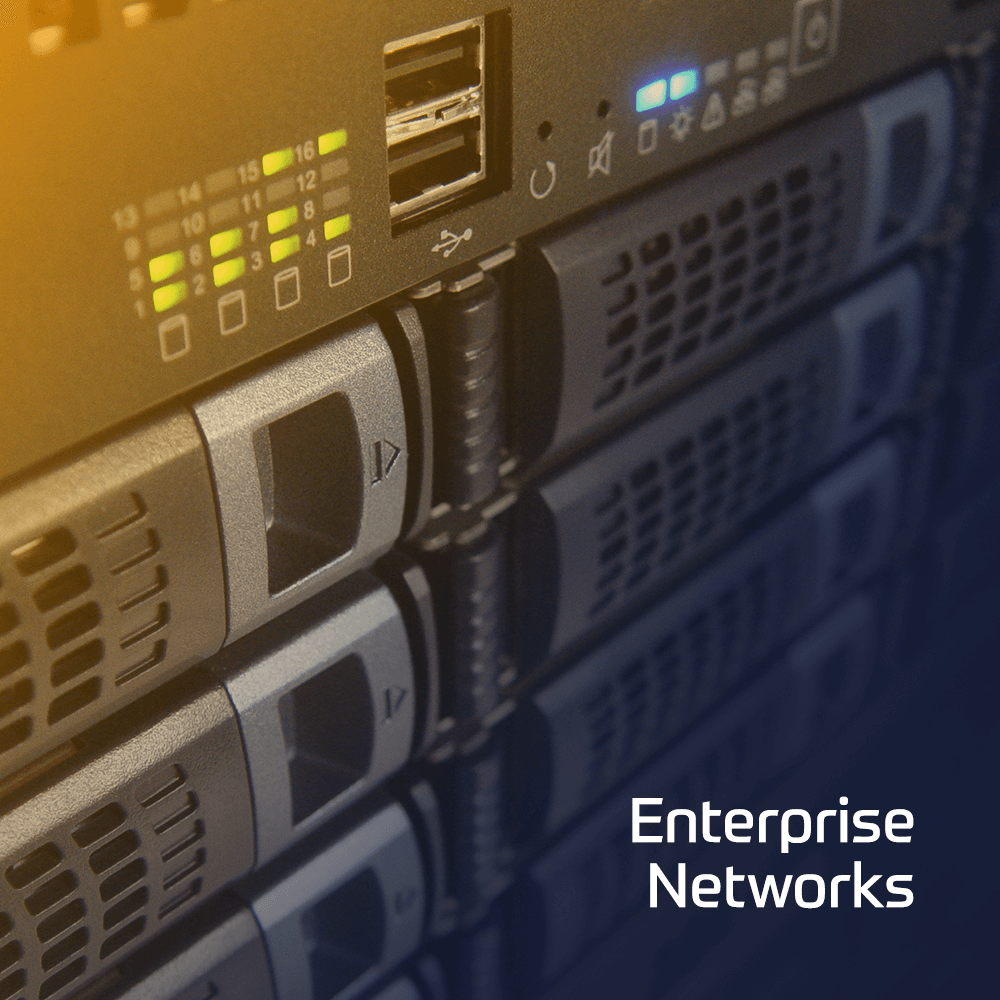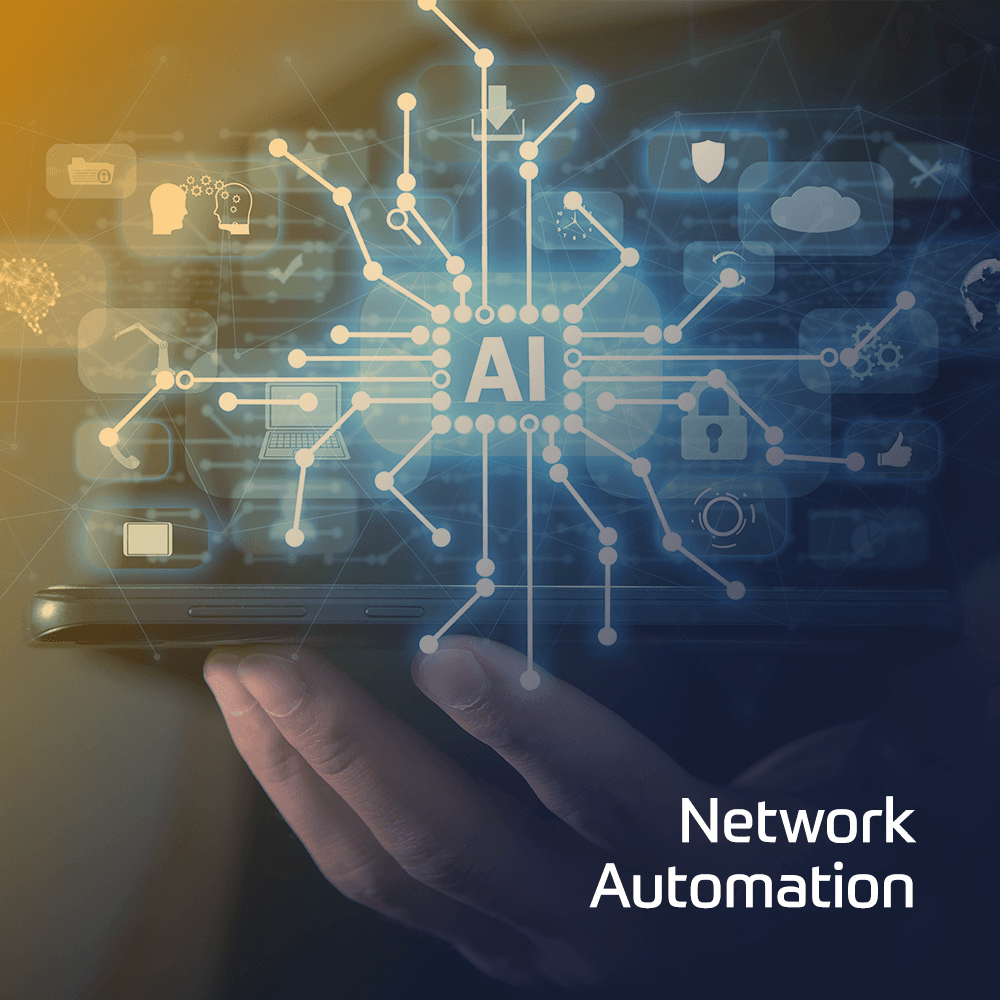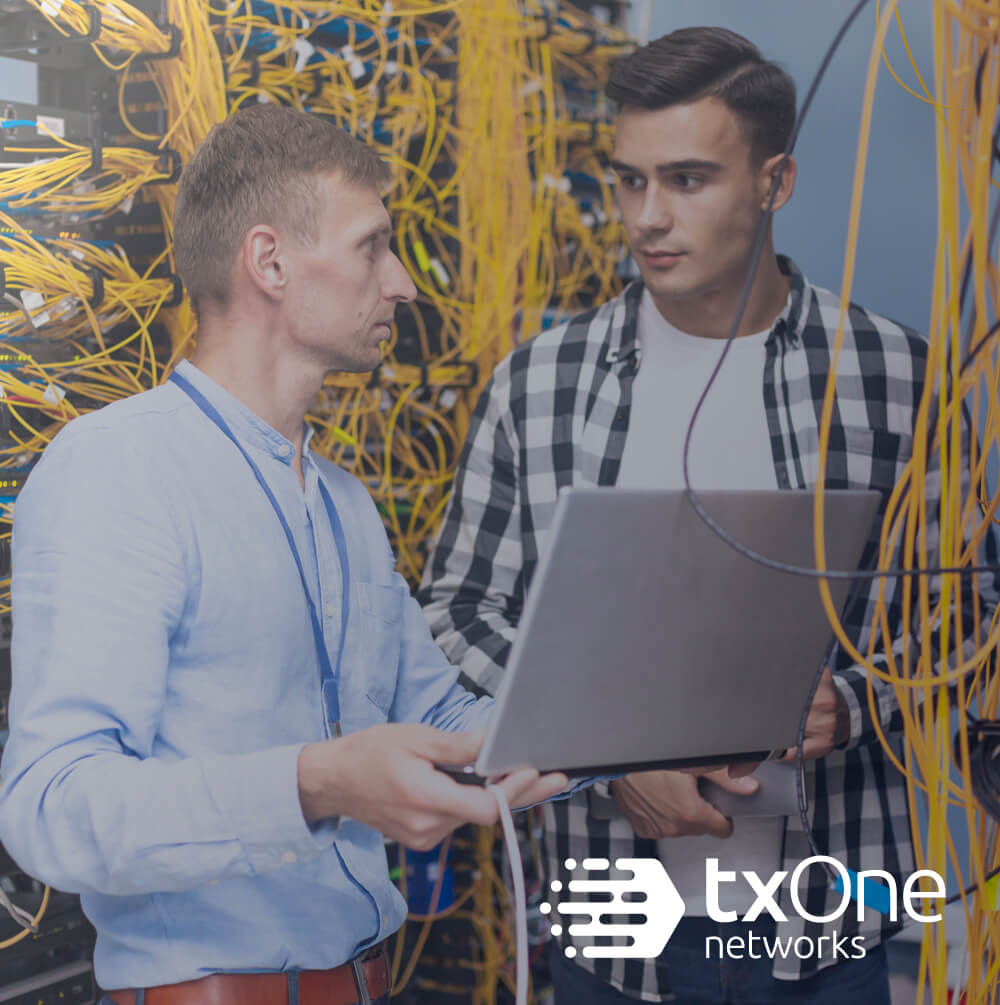This Oracle WebLogic Server 11g: Administration Essentials training teaches Web administrators techniques for installing and configuring Oracle WebLogic Server 11g. Expert Oracle University instructors will teach you how to deploy Java EE applications to Oracle WebLogic Server 11g using Administration Console and command-line and scripting tools like WLST.
Contact Us
We would love to hear from you. Please complete this form to pre-book or request further information about our delivery options.
 Duration
Duration 5 Days
 Delivery
Delivery (Online and onsite)
 Price
PricePrice Upon Request
- Observe application server using GUI and command-line tools such as automation scripts
- Describe the architecture of WebLogic Server including domains, servers and machines
- Install, configure and use WebLogic Server
- Perform routine Oracle WebLogic Server administration functions
- Set up a cluster of servers and distribute applications and resources to the cluster
- Configure Oracle HTTP Server as the Web-tier front end for Oracle WebLogic Server instances and clusters
- Deploy different types of Java EE applications to Oracle WebLogic Server
- Deploy and manage large-scale Java EE applications to servers or clusters through the entire development and production lifecycle
- Configure basic resource and application security
- Backup and recover from various failures
Introducing Oracle Fusion Middleware Platform
- Describing the Oracle Fusion Middleware Environment
- Describing How WebLogic Server Supports Various Fusion Middleware Suites
- Describing How Various Fusion Middleware Suites Augment the Functions of WebLogic Server
Defining Java Enterprise Edition Terminology and Architecture
- Explaining the Motivation Behind Distributed Systems
- The Major Components of the Java Platform Enterprise Edition 5 (Java EE) Specification
Installing Oracle WebLogic Server
- Explaining Oracle WebLogic Server Installation Steps
- Installing WebLogic Server Using Both the Graphical User Interface (GUI) and Command Line
- Describing the Organization and Contents of the WebLogic Server Directory Structure
- Navigating the WebLogic Server Online and Offline Documentation
Configuring a Simple Domain
- Describing the Common Elements in a WebLogic Server Domain
- Describing how Domains are Used in the Enterprise
- Comparing Administration and Managed Servers
- Configuring a Domain
- Describing the Organization and Contents of the WLS Directory Structure
- Describing the use of WLST Offline to Manage Domains
- Creating a Simple Domain with One Managed Server
- Checking the Port Numbers that are Used for Components
Configuring a Domain Using Templates
- Describing the Internal Process Used to Create or Update a Domain Using a Template
- Describing the Process of Extending a Domain Template
- Explaining the Domain Templates Provided for Setting up JDeveloper, SOA, and WebCenter
Using Administration Console and WLST
- Identifying Dynamic and Nondynamic Attribute Changes in the Administration Console
- Customizing Monitoring Tables Within the Administration Console
- Using the WebLogic Scripting Tool (WLST) Command-line Utility
- Invoking WLST and Navigate Through the Domain Structure
- Describing How Change Management is Performed Internally Using Java Management Extension (JMX) and Mbeans
Configuring Managed Servers
- Configuring Managed Servers Using the Administrative Console
- Configuring Managed Servers Using WebLogic Scripting Tool (WLST)
- Starting Managed Servers
- Shutting Down a Server or an Entire Domain Using WLST or the Administrative Console
- Configuring Managed Servers on a Computer Separate from the Sdministration Server
- Explaining Administration and Managed Server Independence (MSI)
Configuring Node Managers
- Defining the Oracle WebLogic Server Machine
- Configuring a Machine and Assign Servers to it by Using the Console and WebLogic Scripting Tool (WLST)
- Explaining the Node Manager Architecture
- Describing the Organization and Contents of a Node Manager Directory Structure
- Configuring, Starting, and Stopping Node Managers
- Describing How to Start and Stop Procedures
Viewing and Managing Logs in Oracle WLS Environment
- Defining and Configuring Server and Domain Logs
- Viewing and Interpreting the Format of Domain and Server Log Files Using the Administration Console
- Configuring Server Standard Output Settings Using the Console
- Describing How Applications Can Integrate With WLS Logging Infrastructure (Apache commons, log4j)
- Accessing Online Log Message Catalogs
- Creating and Applying a Log Filter Using the Console
- Configuring Log Filter Expressions
Deployment Concepts
- Contrasting Autodeploy With Manual Deployment
- Configuring and Deploying Web Applications Via the Administration Console, Command Line, and WLST
- Configuring Deployment Descriptors
- Testing Deployed Applications
- Describing the Role of Web Servers
- Tracing a Typical Web Interaction Flow
- Contrasting Static and Dynamic Content and Deployment
- Front-end Deployed Applications With a Web Server
Deploying Java EE Applications
- Describing Java EE Web Applications
- Describing Enterprise Deployment Architectures
- Packaging Web Applications in Several Forms
- Defining Web Application Structure and Web Application Archive
- Explaining Why WebLogic Augments Standard Java EE Deployment Descriptors With weblogic*.xml Files
- Looking at Deployment Descriptors web.xml and weblogic.xml
- Describing URLs and Web Applications
Advanced Deployment
- Configuring an Application for Multiple Development Environments
- Creating a Deployment Plan
- Staging a Deployment Plan
- Using Production Redeployment
Understanding JDBC and Configuring Data Sources
- Configuring JDBC and JDBC Data Sources
- Configuring Data Source Scope
- Contrasting Two-tier and Multi-tier JDBC Architecture
- Configuring a Connection Pool
- Describing How Data Sources are Used
- Deploying JDBC Resources to a Target
- Explaining the Components of JDBC URLs
- Monitoring and Testing a Data Source
Setting Up Java Message Service (JMS) Resources
- Describing JMS
- Describing How Oracle WebLogic Server JMS is Implemented
- Configuring JMS Server
- Configuring Connection Factories
- Configuring Queues and Topics
- Configuring Persistent Messages
- Deploying an Application that Uses JMS
- Monitoring JMS Resources and Messages
Introduction to Clustering
- The Benefits of Oracle WebLogic Cluster
- Basic Cluster Architecture
- Multitier Cluster Architecture
- Communication Among Clustered Server Instances
- The Key Criteria for Selecting Suitable Cluster Architecture
Configuring a Cluster
- Preparing Your Environment for a Cluster
- Creating and Configuring a Cluster
- Adding Servers to a Cluster
- Starting Up and Shutting Down Clustered Servers
Managing Clusters
- Deploying Applications to a Cluster
- Describing the Replication of a Session State in a Cluster
- Configuring Replication Groups
- Configuring In-memory Replication
- Configuring Java Database Connectivity (JDBC) Replication
- Configuring File Replication
- Configuring a Multitier Cluster for Enterprise JavaBeans (EJB) Applications
Security Concepts and Configuration
- Using the WebLogic Server (WLS) Security Architecture
- Configuring Security Realms
- Configuring Users and Groups
- Configuring Roles
- Configuring Policies
- Configuring Protection for Web Application Resources and EJBs
Protecting Against Attacks
- Describing the Process of Configuring Secure Sockets Layer (SSL)
- Using the Keytool Utility to Configure Keys and Obtain Digital Certificates
- Configuring SSL for the WLS Server
- Configuring Countermeasures for Some Web-based Attacks
Backup and Recovery Operations
- Recommending a Backup and Recovery Strategy
- Performing a Full Offline Backup and Recovery
- Performing an Online and Offline Domain Backup
- Performing an Offline Domain Recovery
- Performing an Instance Home Backup and Recovery
- Basic TCP/IP networking knowledge of client/server concepts
- Basic Linux commands and desktop navigation
- Basic Java EE concepts and constructs including Servlet, JSP
- Observe application server using GUI and command-line tools such as automation scripts
- Describe the architecture of WebLogic Server including domains, servers and machines
- Install, configure and use WebLogic Server
- Perform routine Oracle WebLogic Server administration functions
- Set up a cluster of servers and distribute applications and resources to the cluster
- Configure Oracle HTTP Server as the Web-tier front end for Oracle WebLogic Server instances and clusters
- Deploy different types of Java EE applications to Oracle WebLogic Server
- Deploy and manage large-scale Java EE applications to servers or clusters through the entire development and production lifecycle
- Configure basic resource and application security
- Backup and recover from various failures
Introducing Oracle Fusion Middleware Platform
- Describing the Oracle Fusion Middleware Environment
- Describing How WebLogic Server Supports Various Fusion Middleware Suites
- Describing How Various Fusion Middleware Suites Augment the Functions of WebLogic Server
Defining Java Enterprise Edition Terminology and Architecture
- Explaining the Motivation Behind Distributed Systems
- The Major Components of the Java Platform Enterprise Edition 5 (Java EE) Specification
Installing Oracle WebLogic Server
- Explaining Oracle WebLogic Server Installation Steps
- Installing WebLogic Server Using Both the Graphical User Interface (GUI) and Command Line
- Describing the Organization and Contents of the WebLogic Server Directory Structure
- Navigating the WebLogic Server Online and Offline Documentation
Configuring a Simple Domain
- Describing the Common Elements in a WebLogic Server Domain
- Describing how Domains are Used in the Enterprise
- Comparing Administration and Managed Servers
- Configuring a Domain
- Describing the Organization and Contents of the WLS Directory Structure
- Describing the use of WLST Offline to Manage Domains
- Creating a Simple Domain with One Managed Server
- Checking the Port Numbers that are Used for Components
Configuring a Domain Using Templates
- Describing the Internal Process Used to Create or Update a Domain Using a Template
- Describing the Process of Extending a Domain Template
- Explaining the Domain Templates Provided for Setting up JDeveloper, SOA, and WebCenter
Using Administration Console and WLST
- Identifying Dynamic and Nondynamic Attribute Changes in the Administration Console
- Customizing Monitoring Tables Within the Administration Console
- Using the WebLogic Scripting Tool (WLST) Command-line Utility
- Invoking WLST and Navigate Through the Domain Structure
- Describing How Change Management is Performed Internally Using Java Management Extension (JMX) and Mbeans
Configuring Managed Servers
- Configuring Managed Servers Using the Administrative Console
- Configuring Managed Servers Using WebLogic Scripting Tool (WLST)
- Starting Managed Servers
- Shutting Down a Server or an Entire Domain Using WLST or the Administrative Console
- Configuring Managed Servers on a Computer Separate from the Sdministration Server
- Explaining Administration and Managed Server Independence (MSI)
Configuring Node Managers
- Defining the Oracle WebLogic Server Machine
- Configuring a Machine and Assign Servers to it by Using the Console and WebLogic Scripting Tool (WLST)
- Explaining the Node Manager Architecture
- Describing the Organization and Contents of a Node Manager Directory Structure
- Configuring, Starting, and Stopping Node Managers
- Describing How to Start and Stop Procedures
Viewing and Managing Logs in Oracle WLS Environment
- Defining and Configuring Server and Domain Logs
- Viewing and Interpreting the Format of Domain and Server Log Files Using the Administration Console
- Configuring Server Standard Output Settings Using the Console
- Describing How Applications Can Integrate With WLS Logging Infrastructure (Apache commons, log4j)
- Accessing Online Log Message Catalogs
- Creating and Applying a Log Filter Using the Console
- Configuring Log Filter Expressions
Deployment Concepts
- Contrasting Autodeploy With Manual Deployment
- Configuring and Deploying Web Applications Via the Administration Console, Command Line, and WLST
- Configuring Deployment Descriptors
- Testing Deployed Applications
- Describing the Role of Web Servers
- Tracing a Typical Web Interaction Flow
- Contrasting Static and Dynamic Content and Deployment
- Front-end Deployed Applications With a Web Server
Deploying Java EE Applications
- Describing Java EE Web Applications
- Describing Enterprise Deployment Architectures
- Packaging Web Applications in Several Forms
- Defining Web Application Structure and Web Application Archive
- Explaining Why WebLogic Augments Standard Java EE Deployment Descriptors With weblogic*.xml Files
- Looking at Deployment Descriptors web.xml and weblogic.xml
- Describing URLs and Web Applications
Advanced Deployment
- Configuring an Application for Multiple Development Environments
- Creating a Deployment Plan
- Staging a Deployment Plan
- Using Production Redeployment
Understanding JDBC and Configuring Data Sources
- Configuring JDBC and JDBC Data Sources
- Configuring Data Source Scope
- Contrasting Two-tier and Multi-tier JDBC Architecture
- Configuring a Connection Pool
- Describing How Data Sources are Used
- Deploying JDBC Resources to a Target
- Explaining the Components of JDBC URLs
- Monitoring and Testing a Data Source
Setting Up Java Message Service (JMS) Resources
- Describing JMS
- Describing How Oracle WebLogic Server JMS is Implemented
- Configuring JMS Server
- Configuring Connection Factories
- Configuring Queues and Topics
- Configuring Persistent Messages
- Deploying an Application that Uses JMS
- Monitoring JMS Resources and Messages
Introduction to Clustering
- The Benefits of Oracle WebLogic Cluster
- Basic Cluster Architecture
- Multitier Cluster Architecture
- Communication Among Clustered Server Instances
- The Key Criteria for Selecting Suitable Cluster Architecture
Configuring a Cluster
- Preparing Your Environment for a Cluster
- Creating and Configuring a Cluster
- Adding Servers to a Cluster
- Starting Up and Shutting Down Clustered Servers
Managing Clusters
- Deploying Applications to a Cluster
- Describing the Replication of a Session State in a Cluster
- Configuring Replication Groups
- Configuring In-memory Replication
- Configuring Java Database Connectivity (JDBC) Replication
- Configuring File Replication
- Configuring a Multitier Cluster for Enterprise JavaBeans (EJB) Applications
Security Concepts and Configuration
- Using the WebLogic Server (WLS) Security Architecture
- Configuring Security Realms
- Configuring Users and Groups
- Configuring Roles
- Configuring Policies
- Configuring Protection for Web Application Resources and EJBs
Protecting Against Attacks
- Describing the Process of Configuring Secure Sockets Layer (SSL)
- Using the Keytool Utility to Configure Keys and Obtain Digital Certificates
- Configuring SSL for the WLS Server
- Configuring Countermeasures for Some Web-based Attacks
Backup and Recovery Operations
- Recommending a Backup and Recovery Strategy
- Performing a Full Offline Backup and Recovery
- Performing an Online and Offline Domain Backup
- Performing an Offline Domain Recovery
- Performing an Instance Home Backup and Recovery
- Basic TCP/IP networking knowledge of client/server concepts
- Basic Linux commands and desktop navigation
- Basic Java EE concepts and constructs including Servlet, JSP
- ` Date on Request

 Finland
Finland Germany
Germany Denmark
Denmark Sweden
Sweden Italy
Italy Netherlands
Netherlands Norway
Norway 

























